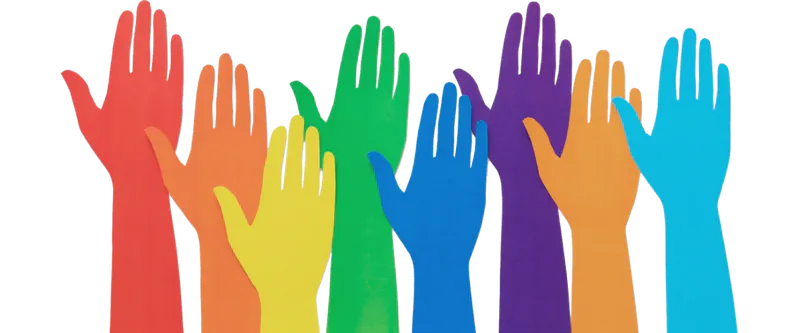Cultivating Wellness and Harmonized Standards Across European Institutions
The Muse Project envisions a future where wellness is not just a goal but a guaranteed right, transforming educational and corporate environments across Europe into beacons of health, vitality, and sustainable development in full alignment with EU principles.
Learn more

Why Muse Project is important?
Wellness in institutions is essential for creating healthier, more productive environments that foster both physical and mental well-being. It aligns with EU priorities for sustainable growth, inclusion, and public health, ensuring long-term benefits for individuals and communities.
- Improved mental and physical health for students and staff
- Enhanced productivity and performance in educational and corporate settings
- Compliance with EU health and wellness standards
- Reduction in absenteeism and burnout
- Promotion of sustainable, eco-friendly practices
- Increased institutional reputation and trust within the EU